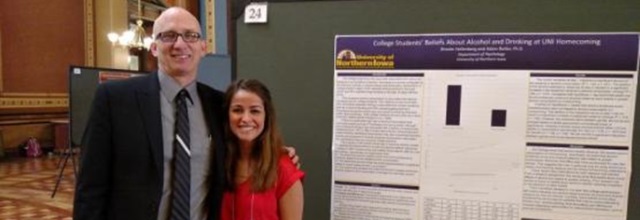Honors Program Theses
Award/Availability
Open Access Honors Program Thesis
First Advisor
Syed Kirmani
Keywords
Life insurance--Decision making;
Abstract
Life insurance is a pivotal part of the world in which we live, and yet most consumers think about it very little. Life insurance started with the Ancient Greeks and continued to develop in Europe, eventually reaching the United States. Throughout history, insurance companies have undergone a number of modifications to match changing consumer needs. ln our modem society, insurance can be best defined as an intermediary that reduces the financial drain caused by the death of an individual by apportioning this loss among a very large group. Today, insurance companies sell a number of diversified products, but most insurance products can be divided into five major categories, term insurance, whole life insurance, variable insurance, universal insurance, and variable universal life insurance. Each category has its own characteristics, strengths, and weaknesses. As a consumer, it is important to gain a thorough understanding of each product before the decision to purchase one is made.
To decide if a stock owned (i.e. publicly traded company) is better than a mutual company (i.e. privately owned company), the consumer must look at his or her own needs first and then determine if one company fits better than another. As was found in this particular project, both a publicly traded company (The Hartford) and a mutual company (Northwestem Mutual) were found to have desirable products. While each individual can assess his or her own determinants of insurance consumption, it is helpful to look at factors that affect consumption on a larger scale. Black & Skipper (2000) found a number of factors that affect world consumption of insurance, while this paper attempted to take those factors and determine if they applied to a smaller subset of the group, the United States. It was found that age does not affect insurance consumption in the United States. More importantly, income is only important when educational attainment is not included. This possibly suggests that in the United States, educational attainment is a more important predictor of insurance consumption than is income. Additionally, this statistical analysis weakly suggests that the factors that affect insurance consumption in the world may not necessarily affect insurance consumption in the United States.
Year of Submission
2006
Department
Department of Mathematics
University Honors Designation
A thesis submitted in partial fulfillment of the requirements for the designation University Honors
Date Original
5-2006
Object Description
1 PDF file (43 pages)
Copyright
©2006 Elizabeth Ann Nanke
Language
en
File Format
application/pdf
Recommended Citation
Nanke, Elizabeth Ann, "Insurance: A Consumer's Perspective" (2006). Honors Program Theses. 623.
https://scholarworks.uni.edu/hpt/623




Comments
If you are the rightful copyright holder of this thesis and wish to have it removed from the Open Access Collection, please submit a request to scholarworks@uni.edu and include clear identification of the work, preferably with URL.